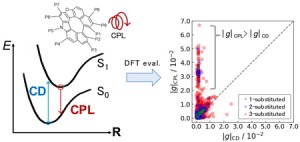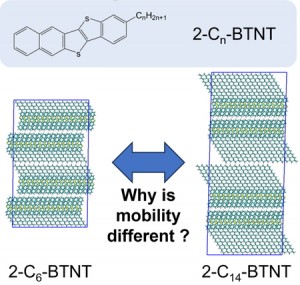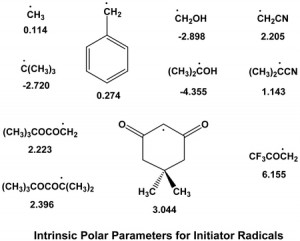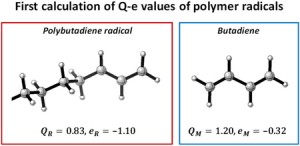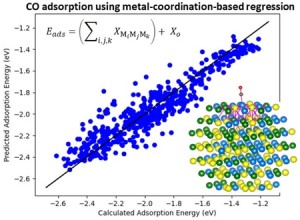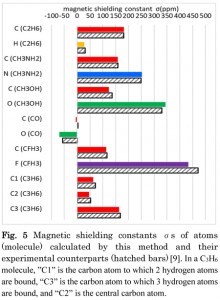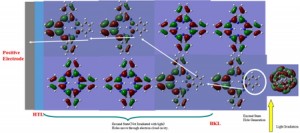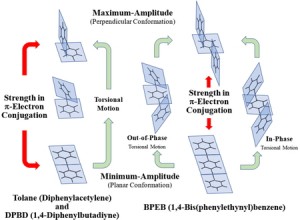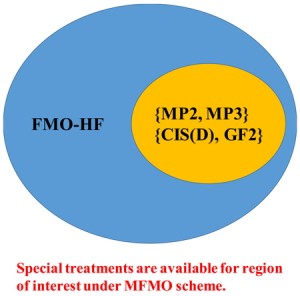[Published online Journal of Computer Chemistry, Japan Vol.23, 37-39, by J-STAGE]
<Title:> Oxaza[7]dehydrohelicene誘導体における円偏光二色性と円偏光発光に関する理論的研究
<Author(s):> 藤原 正也, 藤波 美起登, Salem Mohamed S. H., 滝澤 忍, 中井 浩巳
<Corresponding author E-Mill:> nakai(at)waseda.jp
<Abstract:> Circularly polarized luminescence (CPL) materials have the potential for application in advanced optical devices. Oxaza[7]dehydrohelicene is a helicene-like organic molecule exhibiting CPL property for which an efficient synthesis method has been established. Although the correlation between circular dichroism (CD) and CPL for helicene systems is known and utilized for the screening of CPL materials, it is unclear whether the correlation exists for oxaza[7]dehydrohelicene derivatives. In this study, we conducted a comprehensive calculation of CD and CPL for up to three-substituted oxaza[7]dehydrohelicene derivatives. Numerical results demonstrated that the correlation between CD and CPL decreases as the molecule becomes more complex. The changes in the orbital distribution of S0 and S1 optimized structures lead to the gap between CD and CPL.
<Keywords:> キーワード Circularly polarized luminescence, Molecular design, Excited-state calculation, Density functional theory
<URL:> https://www.jstage.jst.go.jp/article/jccj/23/1/23_2024-0009/_article/-char/ja/
<Title:> Oxaza[7]dehydrohelicene誘導体における円偏光二色性と円偏光発光に関する理論的研究
<Author(s):> 藤原 正也, 藤波 美起登, Salem Mohamed S. H., 滝澤 忍, 中井 浩巳
<Corresponding author E-Mill:> nakai(at)waseda.jp
<Abstract:> Circularly polarized luminescence (CPL) materials have the potential for application in advanced optical devices. Oxaza[7]dehydrohelicene is a helicene-like organic molecule exhibiting CPL property for which an efficient synthesis method has been established. Although the correlation between circular dichroism (CD) and CPL for helicene systems is known and utilized for the screening of CPL materials, it is unclear whether the correlation exists for oxaza[7]dehydrohelicene derivatives. In this study, we conducted a comprehensive calculation of CD and CPL for up to three-substituted oxaza[7]dehydrohelicene derivatives. Numerical results demonstrated that the correlation between CD and CPL decreases as the molecule becomes more complex. The changes in the orbital distribution of S0 and S1 optimized structures lead to the gap between CD and CPL.
<Keywords:> キーワード Circularly polarized luminescence, Molecular design, Excited-state calculation, Density functional theory
<URL:> https://www.jstage.jst.go.jp/article/jccj/23/1/23_2024-0009/_article/-char/ja/
